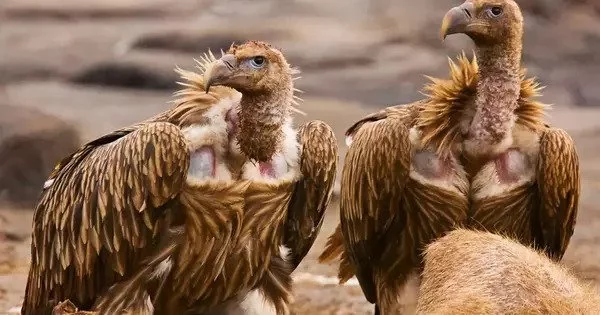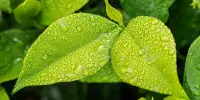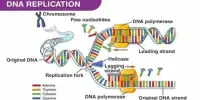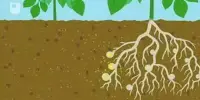As many as 183 bird species have become extinct in the last 500 years. Given that the Passenger Pigeon and Ivory-billed Woodpecker are immortalized in grainy black-and-white photographs, you could be forgiven for thinking that bird extinction is a thing of the past. In reality, however, this threat is far from over.
According to a new study, bird species with extreme or uncommon combinations of traits face the greatest risk of extinction. The findings were published in the journal Functional Ecology of the British Ecological Society.
According to a new study led by Imperial College London researchers, the world’s most unique birds are also the most endangered. The extinction of these species and the unique roles they play in the environment, such as seed dispersal, pollination, and predation, could have serious consequences for the functioning of ecosystems.
The study examined the extinction risk and physical characteristics (such as beak shape and wing length) of 99% of all living bird species, making it the most comprehensive study of its kind to date.
Our study shows that extinctions will most likely prune a large proportion of unique species from the avian tree. Losing these unique species will mean a loss of the specialised roles that they play in ecosystems. If we do not take action to protect threatened species and avert extinctions, the functioning of ecosystems will be dramatically disrupted.
Jarome Ali
The researchers found that in simulated scenarios in which all threatened and near-threatened bird species became extinct, there would be a significantly greater reduction in the physical (or morphological) diversity among birds than in scenarios where extinctions were random.
Bird species that are both morphologically unique and threatened include the Christmas Frigatebird (Fregata andrewsi), which nests only on Christmas Island, and the Bristle-thighed Curlew (Numenius tahitiensis), which migrates from its breeding grounds in Alaska to South Pacific islands every year.
Jarome Ali, a PhD candidate at Princeton University who completed the research at Imperial College London and was the lead author of the research, said:
“Our study shows that extinctions will most likely prune a large proportion of unique species from the avian tree. Losing these unique species will mean a loss of the specialised roles that they play in ecosystems. If we do not take action to protect threatened species and avert extinctions, the functioning of ecosystems will be dramatically disrupted.”
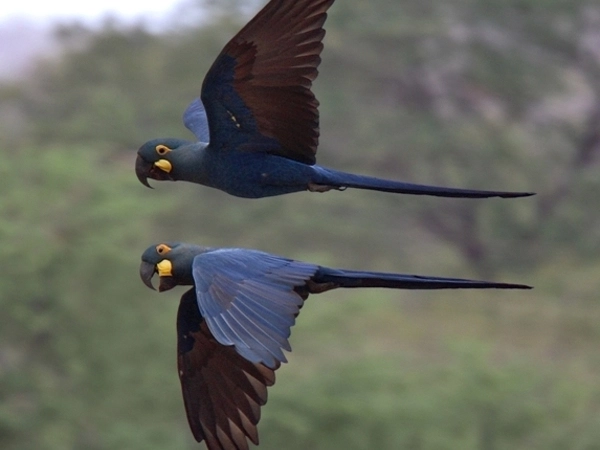
In the study, the authors used a dataset of measurements collected from living birds and museum specimens, totalling 9943 bird species. The measurements included physical traits like beak size and shape, and the length of wings, tails and legs. Based on each species’ current threat status on the IUCN Red List, the authors combined morphological data with extinction risk. They then ran simulations to see what would happen if the most endangered birds became extinct.
Eight birds are likely to have become extinct in the last ten years. In addition, unlike previous extinctions, which primarily affected island birds with limited mobility to flee threats, recent extinctions have included more land-locked birds, particularly in South America.
In total, one-eighth of all known birds — 1,469 species — are now threatened with extinction. 222 of these have been designated as Critically Endangered, indicating that they are in desperate need of conservation. Only a few dozen birds survive in some cases. In the worst-case scenario, only one or two people remain.
Although the dataset used in the study demonstrated that the most unique birds were also classified as threatened on the Red List, it was unable to demonstrate what links bird uniqueness to extinction risk.
According to Jarome Ali: “One possibility is that highly specialized organisms are less adaptable to changing environments, in which case human impacts may directly threaten species with unusual ecological roles. More research is needed to delve deeper into the relationship between unique traits and the risk of extinction.”
